The Art of Baking Russian Rye Bread from Scratch
12 min read Discover authentic techniques to craft delicious Russian rye bread from scratch, blending tradition and artistry in every loaf. August 14, 2025 18:05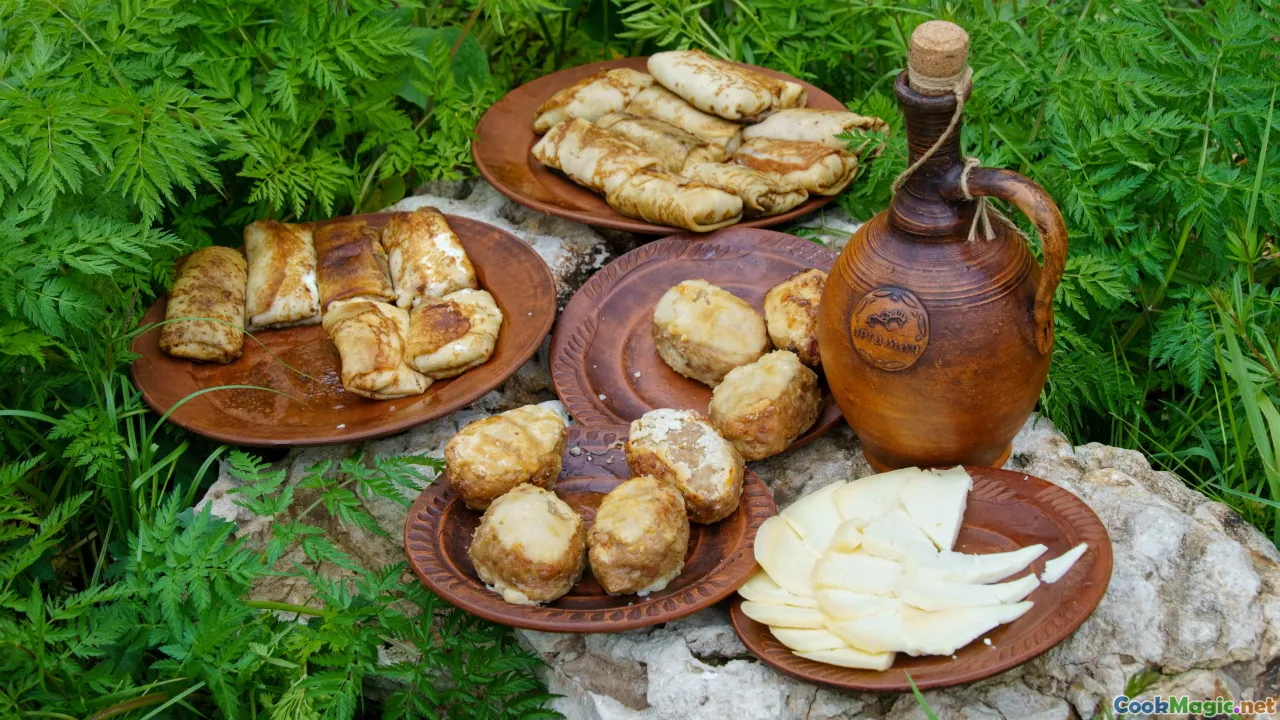
The Art of Baking Russian Rye Bread from Scratch
Few foods evoke the rich tapestry of Russian history and culture quite like the humble yet profound rye bread—black bread as it’s affectionately called in Russia. Its deep, dark crust and dense, slightly sour crumb have graced tables from the royal kitchens of tsars to humble rural homesteads for centuries. To bake authentic Russian rye bread from scratch is to unlock a sensory journey through time, tradition, and emotion—a craft passed down through generations, woven into the very soul of Russian life.
In this exploration, we'll dive into the nuances of baking traditional rye bread, blending recipe insights with cultural storytelling, personal reflection, and culinary tips. Let’s embark on an immersive odyssey into the art of creating this iconic staple—something more than baking; it’s a journey into Russia’s soul.
The Cultural Significance of Rye Bread in Russia
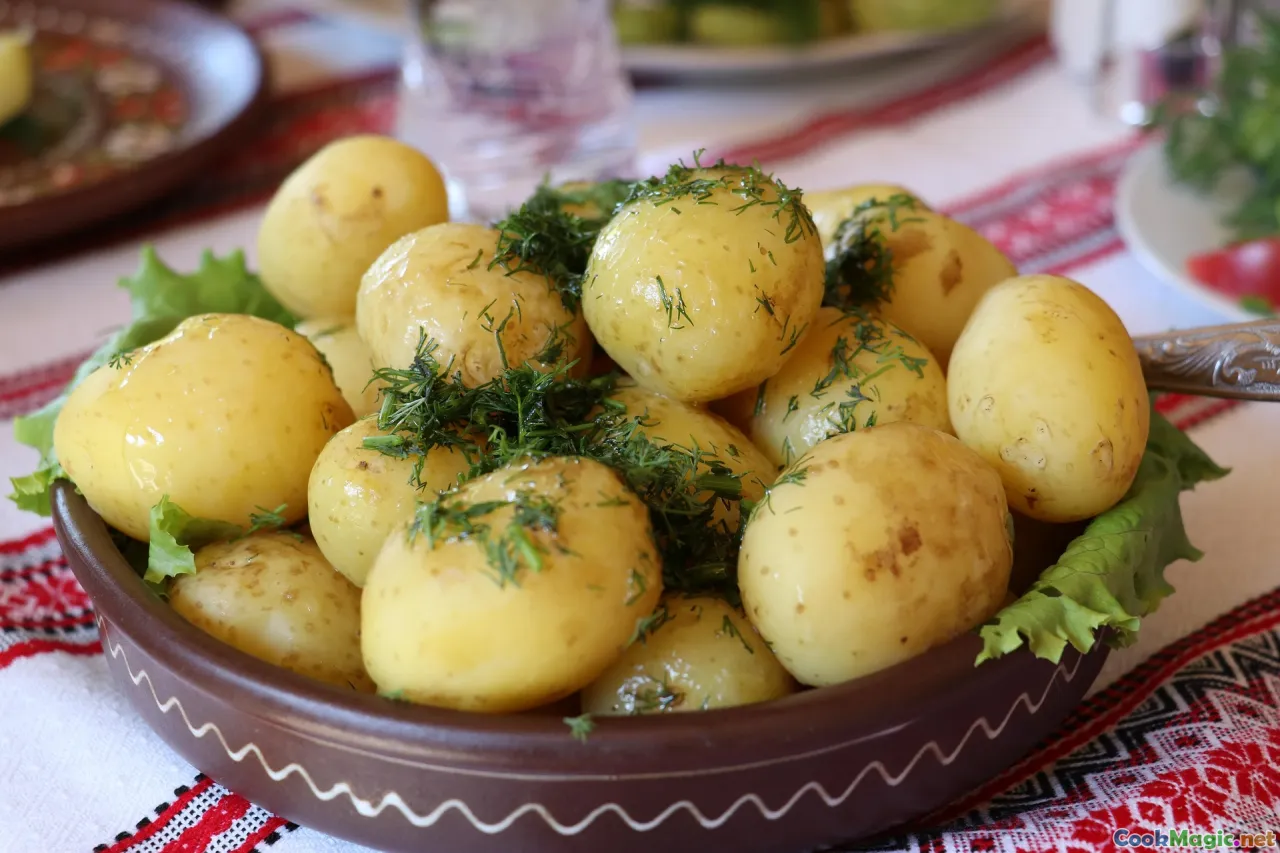
Rye bread isn’t merely food in Russia—it’s a cultural cornerstone. Known locally as cheny (черный хлеб), the black bread has been intertwined with Russian identity for centuries. Historically, it grown as the staple grain in harsh climates where wheat struggled to flourish, making rye the resilient backbone of Russian agriculture.
During turbulent times such as wars, sieges, and economic hardships, rye bread provided sustenance and solace, symbolizing endurance and resilience. It’s featured prominently in what Russians call front-line meals—symbolic of simplicity and strength—yet on festive tables, it became a vessel for caviar, smoked fish, or butter, elevating both humble and luxurious elements of Russian life.
This bread, robust and earthy, echoes the very spirit of the Russian soul—unyielding, hearty, deeply rooted in tradition.
Understanding the Ingredients: The Foundation of Authentic Rye Bread
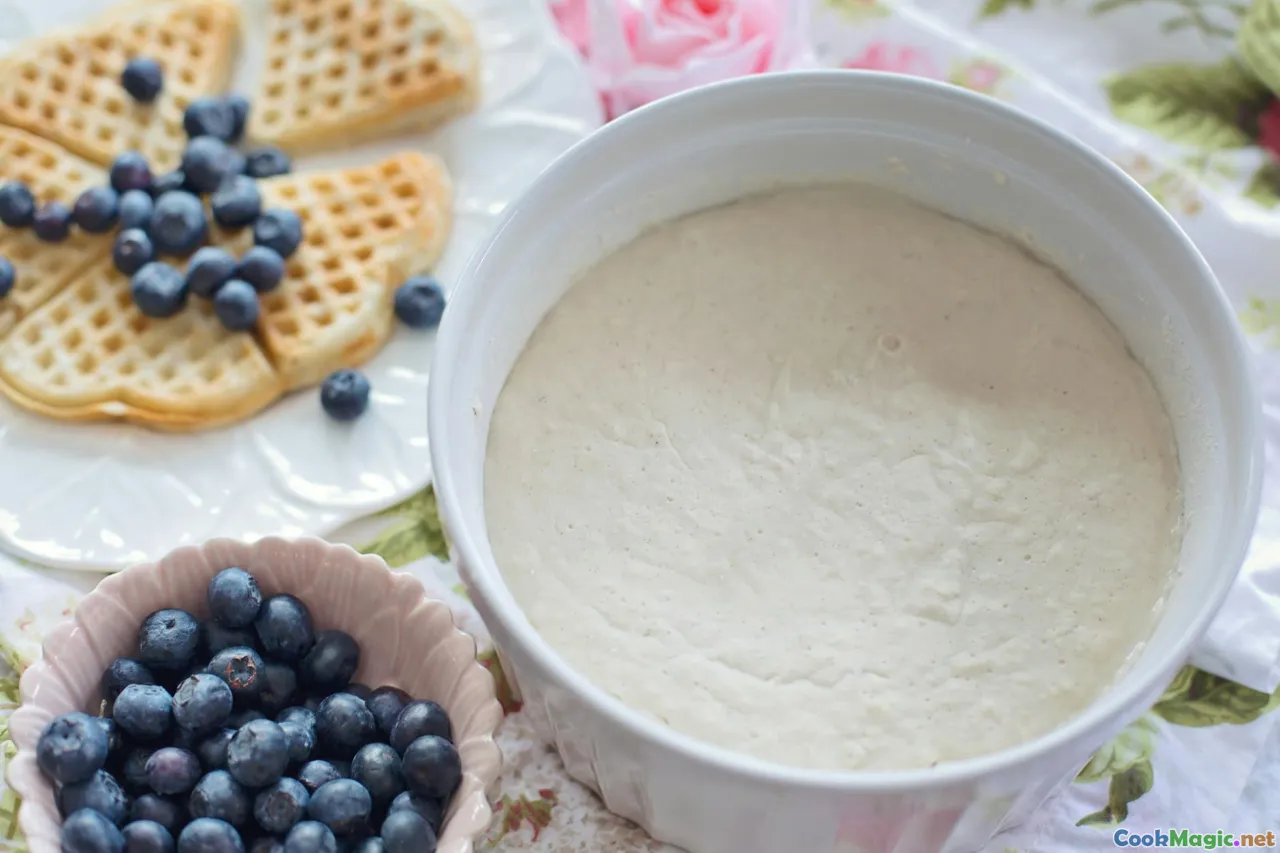
A successful authentic rye bread begins with understanding its ingredients. Traditional recipes hinge on a handful of fundamental components:
- Rye Flour:The star ingredient, preferably dark or whole-grain rye flour, which imparts the distinct color and flavor. Old-world recipes often preferstone-ground rye flour for its full-bodied taste and hearty texture.
- Water: Pure, soft water—Russians value the quality of ingredients with a sense of purity, imagining it carrying the essence of local terroir.
- Salt: Enhances flavor and helps control fermentation.
- Sourdough Starter: The magic behind the slightly tangy flavor and chewy crumb. Historically, bakers cultivated robust sourdough cultures from local natural yeasts, a practice still cherished today. Sometimes, a bit of baked wheat or rye cracked into the sourdough starter provides an initial kick.
- Caraway Seeds or Other Spices: Optional but traditional, these spices lend aroma and a subtle earthy spice note.
The result is a resilient and flavor-rich dough that embodies the raw heart of Russian traditional baking.
The Fermentation Process: Cultivating Flavors and Texture

In the world of rye bread, fermentation is everything. It isn’t mere proofing—it’s an alchemical process that develops complex flavors, texture, and even functional benefits like extended shelf life.
Step 1: Prepare the Sourdough StarterMost Russian rye bread relies on a naturally fermented starter—zakvaska in Russian. To cultivate this, mix rye flour with warm water and allow it to sit in a warm environment, covered with a cloth, for 3-7 days. Each day, feed the starter, encouraging bubbling and a tangy aroma. This slow fermentation develops the characteristic sourness, depth, and vitality.Step 2: Build the DoughOnce the starter is active, incorporate it with more rye flour, water, salt, and optional spices. The dough will be quite sticky and dense—an indication of proper hydration and fermentation.Step 3: Bulk FermentationAllow the dough to rest at room temperature for 4-12 hours or until it nearly doubles in size. This prolonged fermentation fosters flavor development and creates a chewy, moist crumb.Step 4: Shaping and ProofingShape into traditional round loaves or bâtards, place in a floured proofing basket, cover, and let rise until puffy—often 2-4 hours.Step 5: Baking Bake in a hot, preheated oven (typically 230-250°C or 450-480°F) with steam for about 45-60 minutes. The steam creates a crackly, glossy crust reminiscent of Russian village ovens.
Techniques for Classic Russian Rye Bread: Step-by-Step
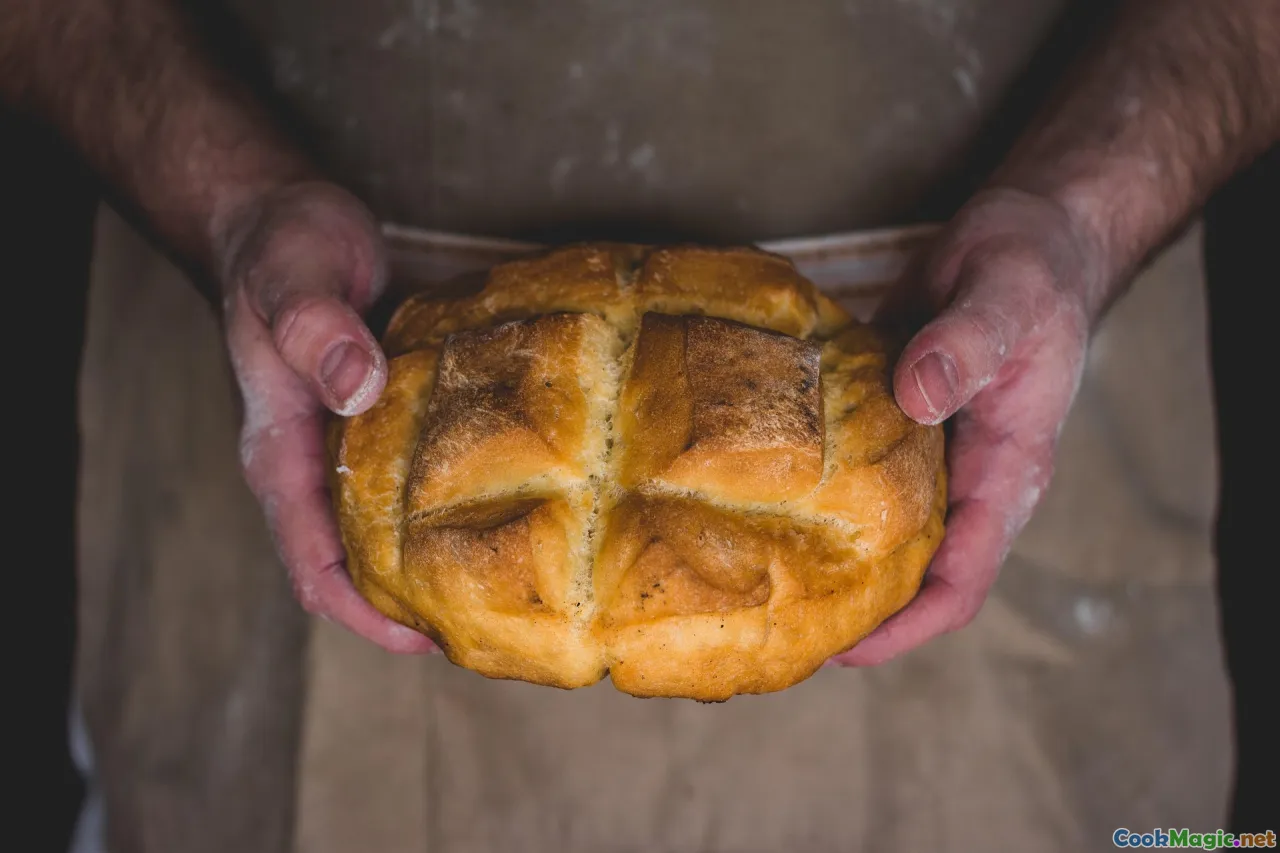
Creating authentic rye bread requires patience, understanding, and respect for tradition. Here’s a condensed guide to achieving a true Russian-style loaf:
Ingredients:
- 500g dark rye flour
- 300g active sourdough starter
- 350-400g water
- 10g salt
- 1 teaspoon caraway seeds (optional)
Method:
- Mixing: In a large bowl, combine rye flour, sourdough starter, and water. Mix thoroughly until all flour is hydrated; the dough will be thick and sticky.
- Bulk Fermentation: Cover with a damp towel and let ferment for 8-12 hours at room temperature.
- Adding Salt and Seeds: Gently fold in salt and caraway seeds.
- Shaping: Wet your hands to handle the sticky dough, shape into a round or oblong loaf. Place on a parchment-lined baking sheet or in a floured banneton.
- Proofing: Cover again and proof for 2-4 hours until puffed.
- Scoring and Baking: Score the top deeply with a sharp knife or razor. Bake for 50-60 minutes with steam—placing a metal pan of hot water in the oven initially produces the perfect crust.
- Cooling: Cool on a wire rack—resist the urge to slice immediately; the flavors deepen after a rest.
The Sensory Experience: Tasting and Appreciating
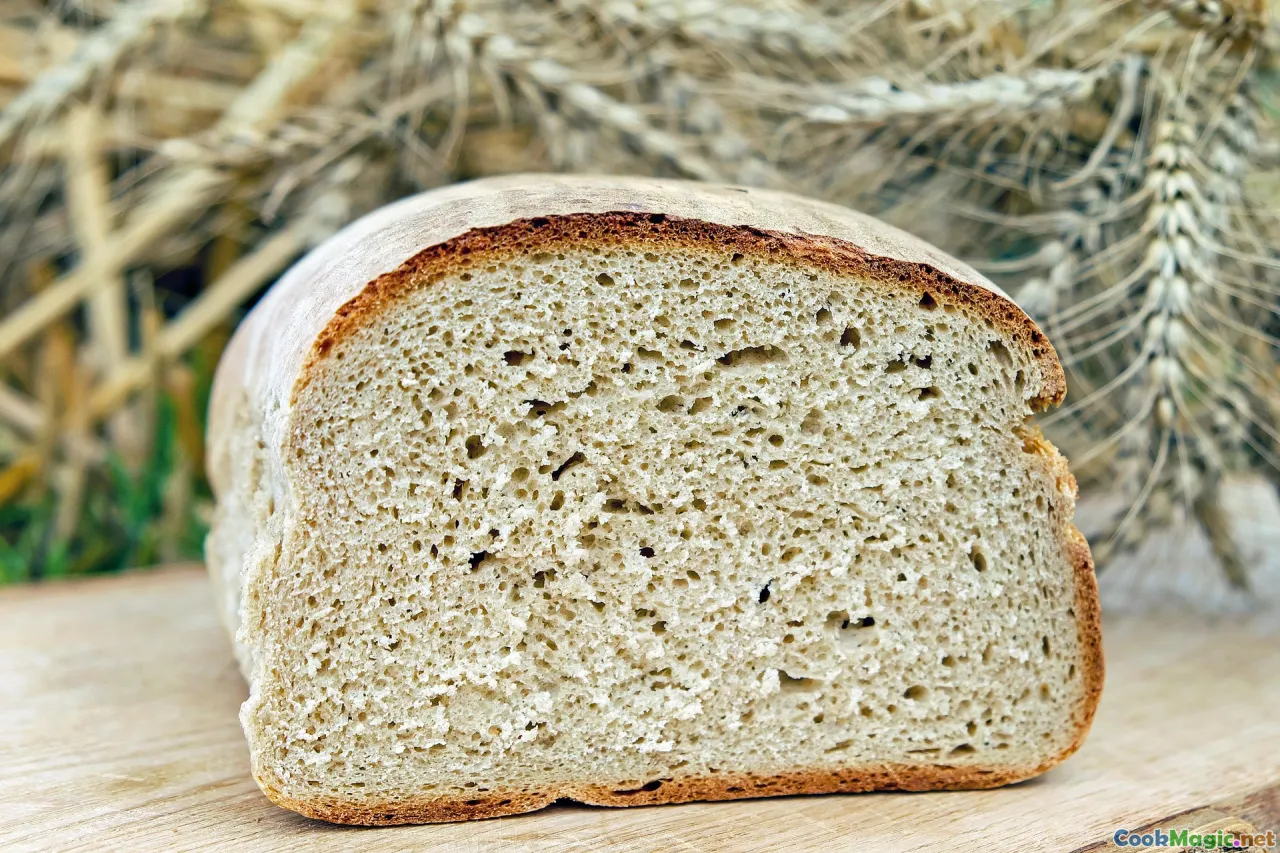
When properly baked, Russian rye bread boasts a crust that whispers of caramelization, crackling with each slice, revealing a dark, dense crumb. The aroma is a robust medley of earthiness, toasted bread, and a hint of sourness.
The taste is a complex dance: the hearty, nutty undertones of rye, the tangy brightness from fermentation, and the faint spice of caraway seeds. Texture-wise, it’s chewy, slightly moist, with a resilient crust that crackles as you bite, offering a satisfying resistance.
To truly appreciate this bread, slice it thick and serve it with traditional accompaniments: beurre salé, pickled vegetables, smoked fish, or a simple shot of fine Russian vodka. Each bite is a journey—an ode to resilience and simplicity.
Personal Insights and Tips from the Hearth
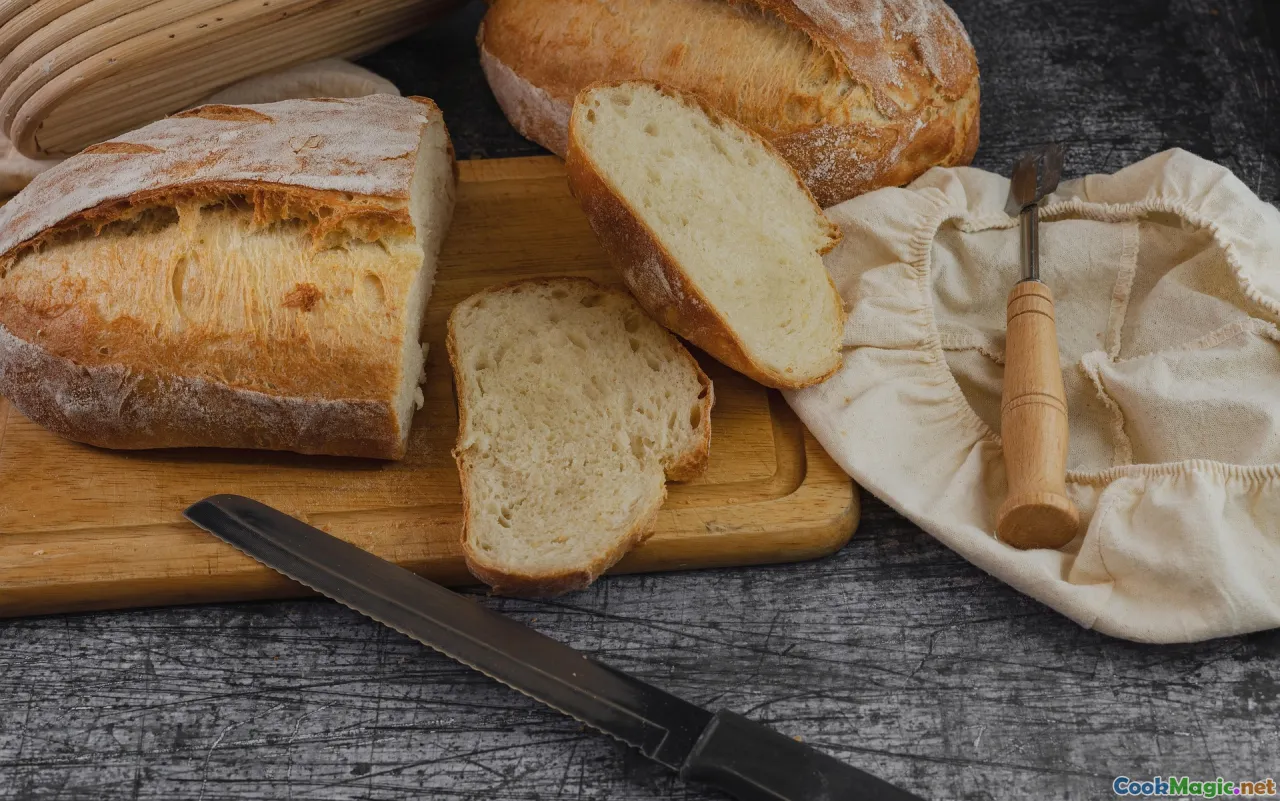
Having experimented with making Russian rye bread in my own kitchen, I can attest that patience and respect for the process are key. The slow fermentation nurtures flavors you simply cannot achieve with quick rises or commercial yeasts.
Tips for Success:
- Use a good quality, stone-ground rye flour—grain flavor makes all the difference.
- Maintain a warm, humid environment for fermentation; a turned-off oven with a bowl of hot water inside can help.
- Resist over-kneading—rye dough is naturally sticky and doesn’t require extensive kneading like wheat dough.
- Keep your sourdough starter healthy; feeding it regularly ensures vibrant fermentation.
- Don’t rush the proofing—the loaf’s flavor and texture depend on proper fermentation.
Exploring Variations: Beyond the Classic
While the traditional recipe shines in its simplicity, variations exist around Russia and Eastern Europe:
- S.py yogurt rye bread: Adding baked beets or sweet potatoes for color and subtle sweetness.
- Khrustyk-style bread: Incorporating rye flour with a touch of wheat for a slightly lighter crumb.
- Seed-encrusted loaves: Topping with sesame, sunflower, or cracked black pepper before baking for additional flavor layers.
Each variation hints at regional personalizations, marrying local ingredients with age-old techniques.
Final Thoughts: Baking with Heart and Heritage
The process of baking authentic Russian rye bread from scratch is an act of love—a tangible ritual connecting us with centuries of tradition. Each loaf becomes a vessel not just for nourishment but for cultural memory, history, and personal expression.
As you knead, shape, and bake, remember that you participate in a lineage of bakers who have kept alive this resilient bread—symbolizing strength, humility, and the enduring spirit of Russia itself.
Unearth your inner artisan, and let the aroma of freshly baked rye fill your home as a testament to your culinary heritage and appreciation.
Sincerely, happy baking—and may your loaf be as soulful and resilient as the land it originates from.









